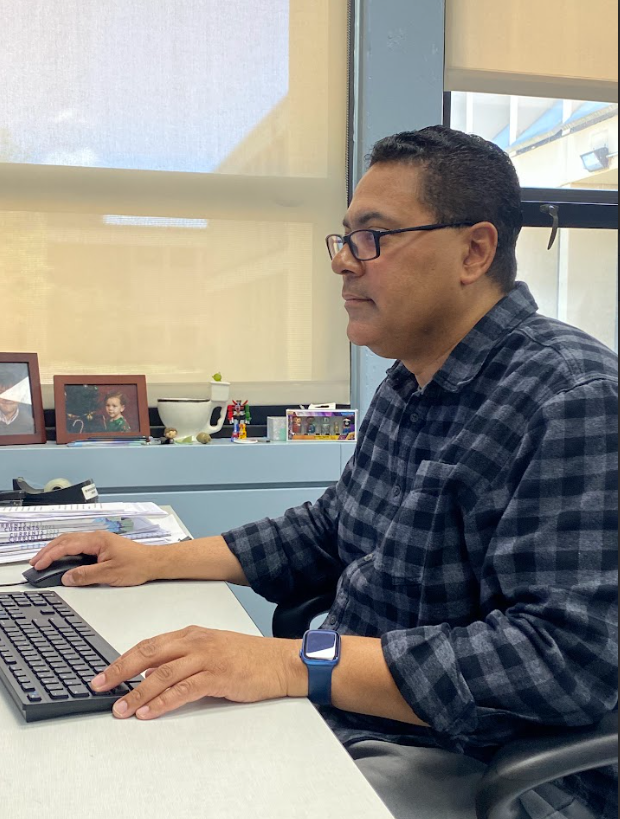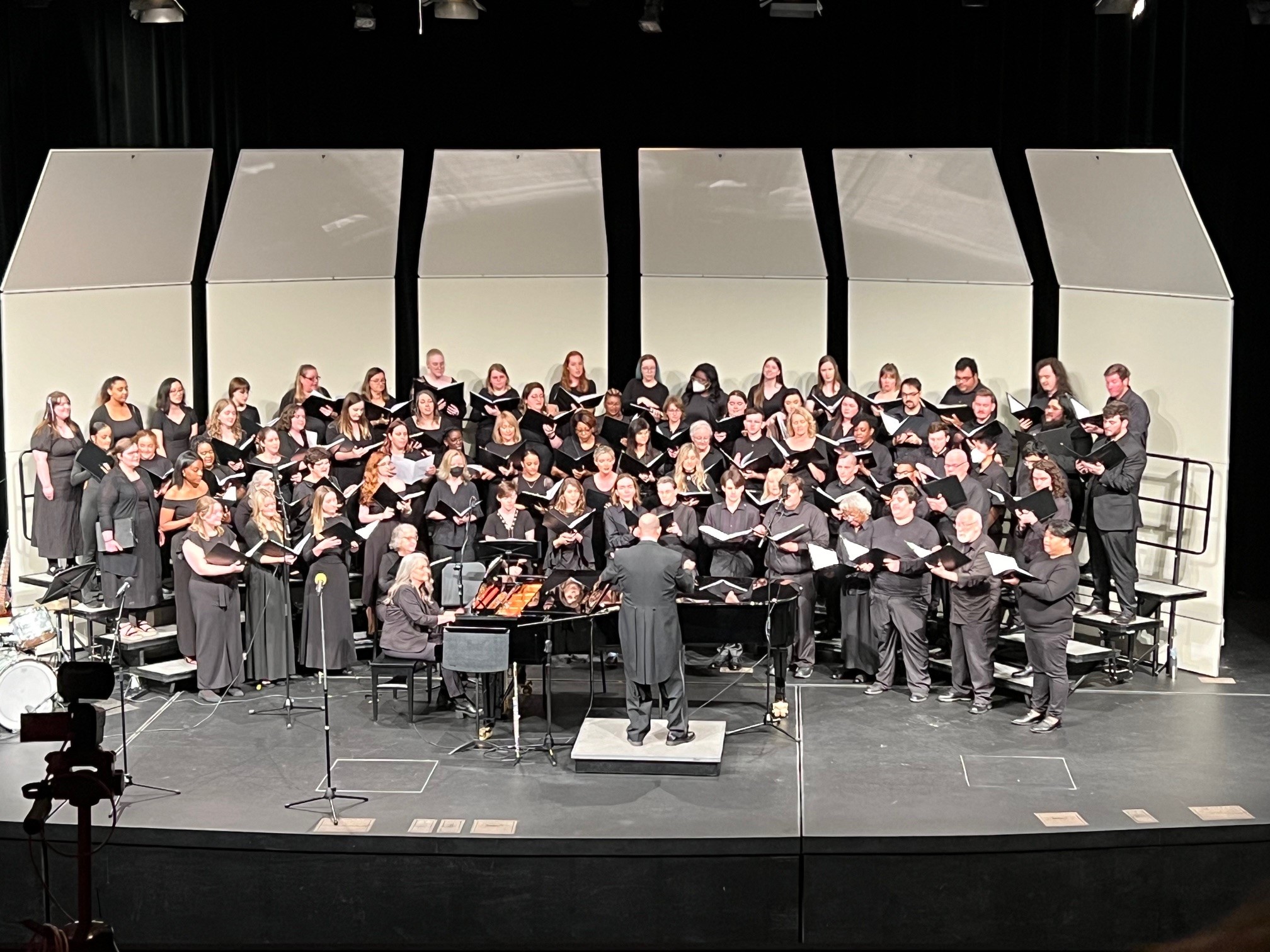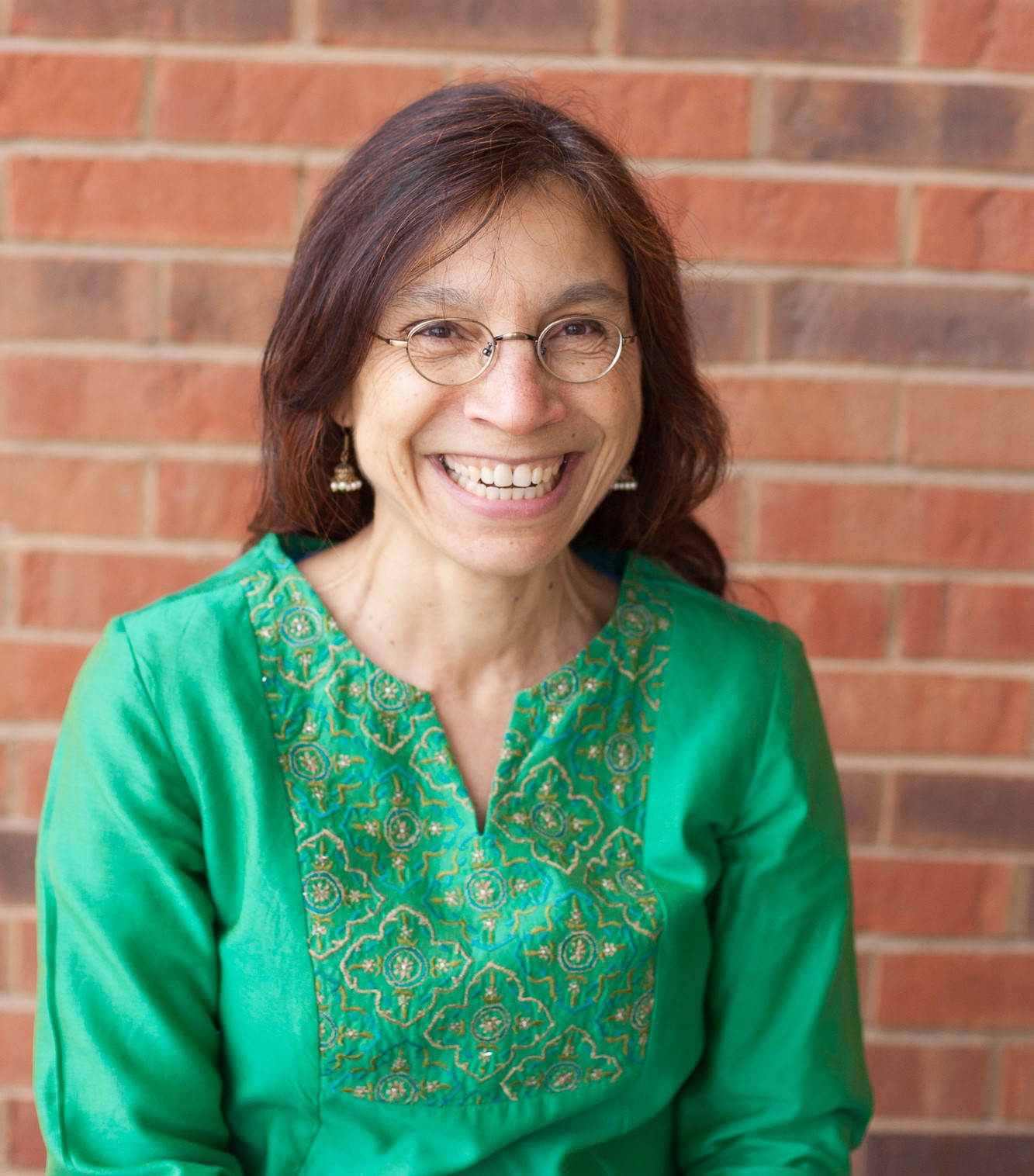Students at STLCC can experience more culture than the St. Louis area has to offer. In fact, many spend holiday breaks, summers and spring break weeks learning as part of STLCC’s class “Global Education Studies.” In October, Michael Fuller, professor of anthropology, organized a trip for students to travel to Greece. The Montage’s Kathyrn Pinkston shares her experiences on a recent trip with STLCC students, faculty and community members.

Kathryn Pinkston
– Staff Writer –
It certainly pays to read the posters on the campus bulletin boards. One day in September, I came upon an invitation to join an archeological tour of ancient Greece. Four weeks later I realized I was standing on top of the Akropolis, just feet away from the Parthenon itself.
The truth is that I fell in love with the Parthenon about the time dusk fell, as I sat on the balcony of my Esperia Palace Hotel room 803, with a perfect view of the Akropolis loftily floating above the city not more than half a mile away. In Athens, restrictions forbid any building to exceed nine stories so nothing competes with the view of the grand classical structure (completed 447-432 B.C.). I had been there for hours attempting to capture the minute details of the distant columns, but with only a crude charcoal pencil to attempt the task, my brain was performing mental somersaults of frustration. Mercifully, dusk began to settle, and then, to my astonishment, the cliff underlying the Akropolis began to glow in greenish-yellow, and soon the Parthenon lit up in a rich yellow-gold. The moonless night grew deeper and darker until the whole scene appeared as a shining gold Athenian crown in a mystic sea of ebony. That night, I slept on the balcony, unwilling to break the trance of infatuation cast over my soul by a structure so appropriately elevated and so gloriously ancient!
It’s true that in the nine days from Oct. 17 to 26, 2009, my eyes laid hold on so many wonders: what seemed like endless ruins and sanctuaries built two-and-a-half millennia ago. A sanctuary is a whole group of buildings dedicated to one of their Olympian gods, while a temple is a single building constructed to honor a particular god such as Apollo or Athena, son and daughter of their chief divinity Zeus.
Under the guidance and direction of STLCC-Meramec professors, husband and wife Michael and Neathery Fuller, our group of thirteen visited museum upon museum, witnessing relics, painted pottery, works of art and sculpture. One of my favorites was the Historical Museum of Athens which houses one of the world’s classic masterpieces: the Zeus/Poseidon bronze statue dated 460 B.C., which escaped the usual fate of melt-down by the good fortune that it sank into the sea, not to be rediscovered until it was pulled up in a fisherman’s net. The piece is a majestic, nude male with classical nose and braided hair, in a stance with right arm pulled back as if ready to throw an object.
Homeric Tours hosted the tour, which included our very own historic guide Olga Bregianni, whose history intertwined with myth in a way that was fascinating to say the least. For five days, we toured Peloponnese by bus, seeing towns such as Corinth, Epidaurus, Mycenae, Nafplio, Olympia, Delphi, Kalambaka, Meteora and Thermopylae. Every night we stopped in a different town, always in the chain of hotels called Amalia, where we feasted on all-you-can-eat food bars of delicious Greek food and strolled the little town’s winding streets. What an unbelievable way to study what the school catalogue so modestly labels “Global Education Studies: GLE 101; off-campus.”
The cost for the course was $3,000 and included the flight, the hotels, three meals a day, the tour of Peloponnese, entrance fees to all museums, tips and travel.
Before signing up for the journey, I mulled over the opportunity quite a bit. The idea of trading away what was, at the time, all my money, for a nine day tour of ancient Greece. But knowing that great opportunities seldom repeat themselves, I decided to go for it. Money has a habit of disappearing one way or another, but I believed a foreign study trip would leave me changed forever, and it certainly has. Nothing can take away the powerful impression of so much classical history and art.
I wish every student could have such a personal experience, a one-on-one brush up against the greatness of the ancient past. I feel like I’ve walked right alongside Homer, Pathagorus, Socrates, and the whole host of others whose creative mastery carved a groove into human thought deep enough to accommodate the sophisticated thinking of our modern world.
For more information about traveling opportunities through Global Studies, contact Cindy Epperson, coordinator of Global Studies at Meramec, at 314-984-7995.











